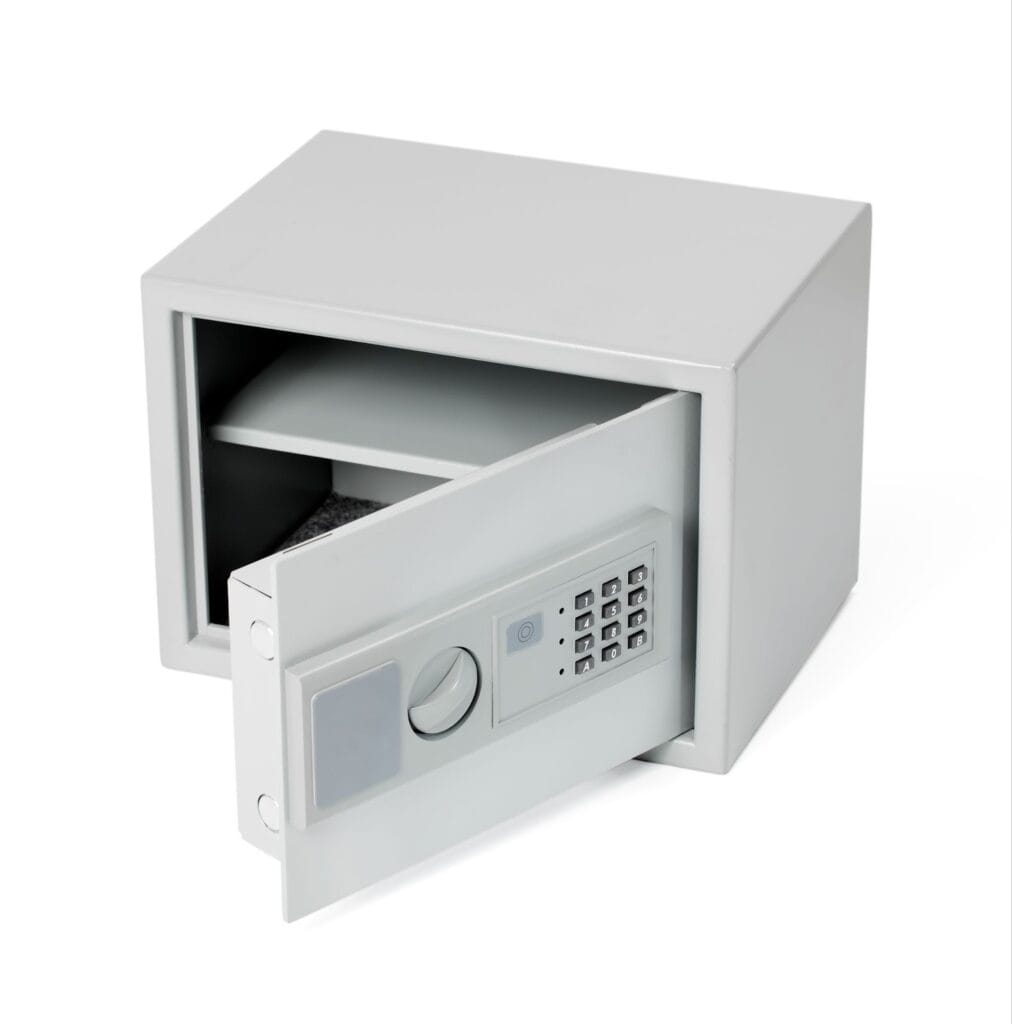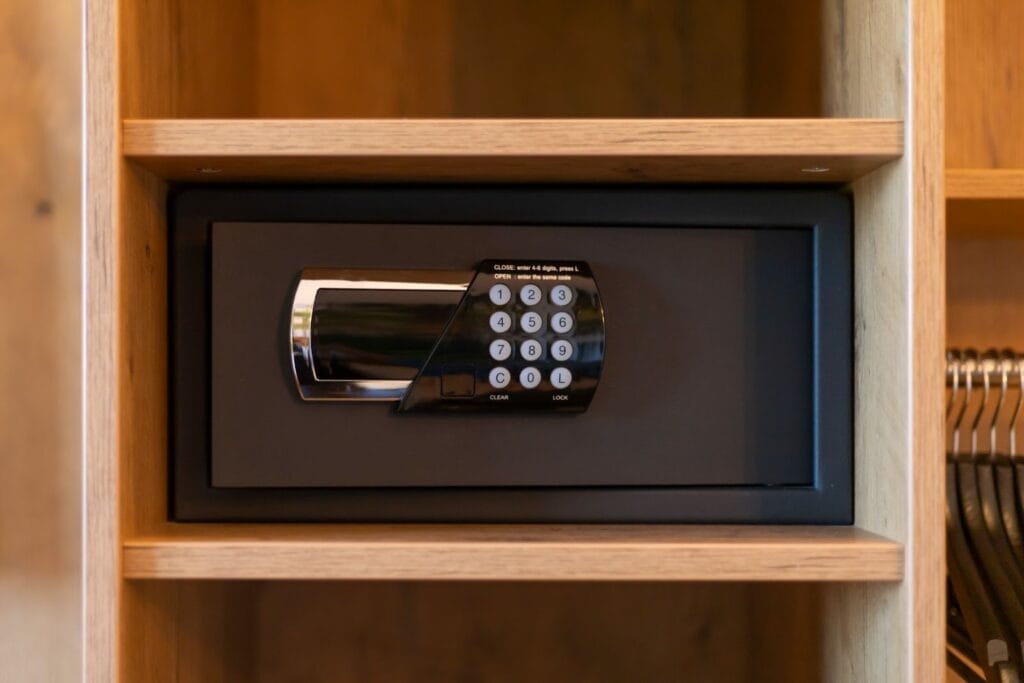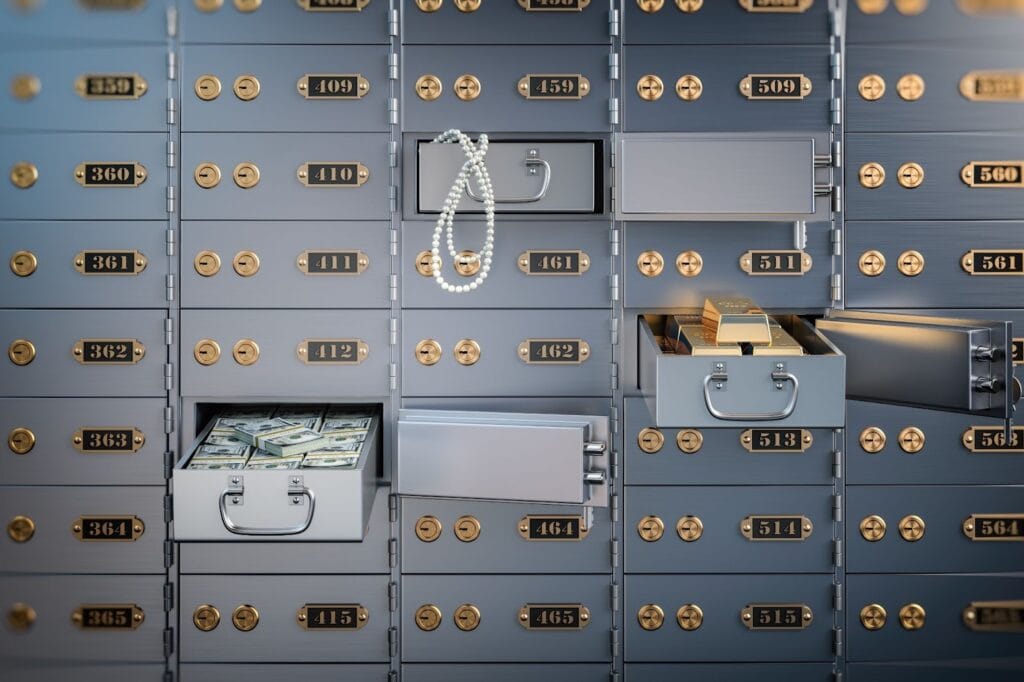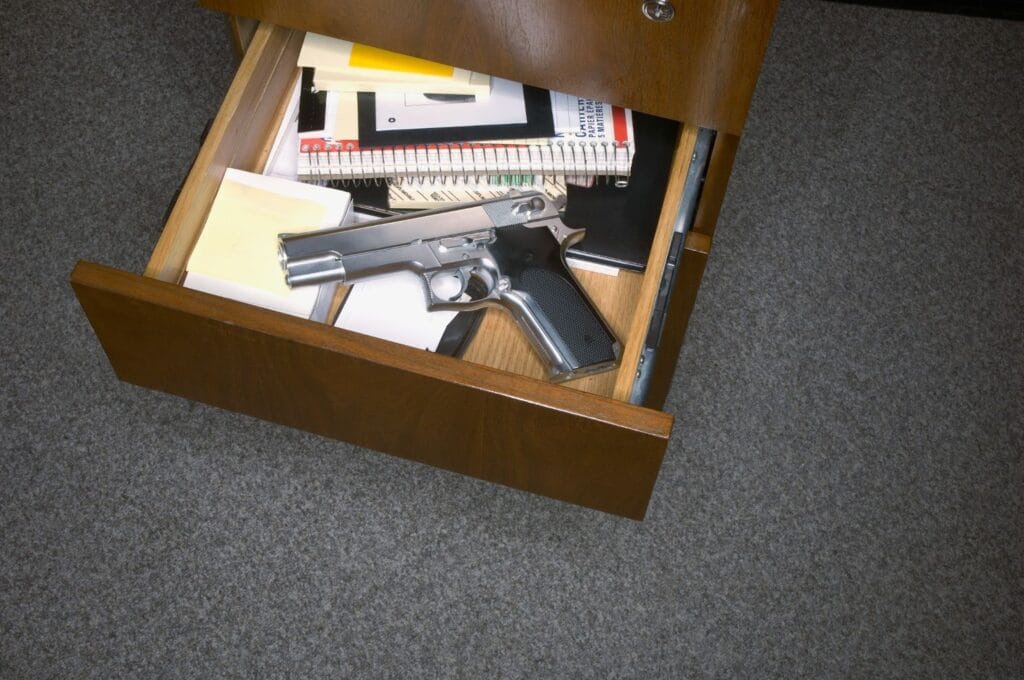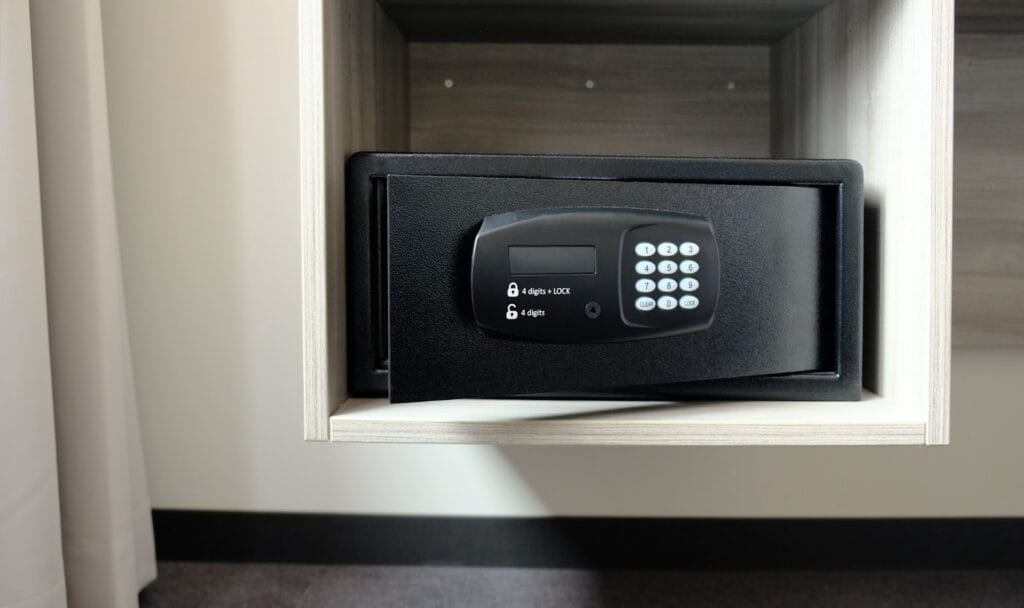How to Choose the Best Home Safe for Maximum Security and Peace of Mind

Picture this: you’ve spent years building your life—collecting jewelry, important documents, family heirlooms, maybe even a few emergency funds tucked away for a rainy day. But have you ever stopped to think about how secure those things really are? What would happen if a break-in, fire, or even a small accident put them at risk?
That’s where the idea of owning a home safe comes in. But with so many options out there, finding the best home safe can feel overwhelming. Some people buy the cheapest safe they can find online, only to discover later that it’s neither truly fireproof nor burglar-resistant. Others spend a fortune on features they’ll never use. The truth is, choosing the right safe shouldn’t be complicated—you just need to understand what matters most for your situation.
At Alpine Safes, based in New York City, we’ve spent years helping homeowners and businesses across the country find safes that deliver true protection and peace of mind. Whether you live in a downtown apartment or a suburban home, this guide will walk you through everything you need to know to choose the best home safe for your needs.
Start by Understanding What You Need to Protect
Before you even look at brands or prices, start with one simple question: What exactly do I want to keep safe?
Every homeowner has different priorities. Maybe it’s your grandmother’s jewelry, your children’s birth certificates, or your digital backups and passports. Each item requires a different type of protection.
- Jewelry, cash, and small valuables: You’ll want a burglary safe—specifically one made from thick steel with anti-pry and anti-drill features.
- Documents and sentimental items: These are best kept in a fireproof safe rated to withstand heat and smoke damage.
- Firearms or ammunition: Opt for a gun safe for home use, which offers secure access and meets firearm storage laws.
- Electronics, hard drives, or USB backups: These require a data safe designed to resist both heat and humidity.
Knowing what you’re protecting narrows your options significantly. For example, storing legal documents like wills and insurance policies demands fire and water resistance, while jewelry and cash require burglary resistance. Many people even end up buying two safes—one for fireproof storage and one for theft protection.
Choose the Right Type of Safe

Now that you know what to protect, let’s talk about types of safes. This is where most people get confused because not all safes serve the same purpose.
Burglary Safes
These are designed with theft in mind. They have reinforced steel walls, re-locking bolts, and heavy-duty doors that can resist crowbars, drills, and even blowtorches. A good burglary safe often has a UL (Underwriters Laboratories) rating—proof that it’s been tested for forced entry.
If you’re storing valuable items like jewelry or cash, a burglar-resistant safe is your go-to. Just make sure it’s anchored to the floor or wall so thieves can’t walk away with it.
Fireproof Safes
Fireproof safes are essential for protecting documents, family heirlooms, and data drives. Look for safes with at least a one-hour fire rating, meaning they can withstand temperatures of 1700°F or higher. Some models even offer waterproof seals to protect against firefighting efforts or floods.
General Home Safes
A home safe balances convenience, affordability, and security. These are perfect for everyday valuables—passports, spare keys, or small electronics. Many can be hidden inside closets, under stairs, or behind walls.
Gun Safes for Home Use
Owning firearms comes with a responsibility to keep them secured. Gun safes prevent unauthorized access while ensuring you can retrieve your weapon quickly in emergencies. Choose one with biometric access for fast fingerprint recognition and reinforced steel doors.
Business Safes
For homeowners running small businesses or storing cash at home, a business-grade safe is ideal. They often include deposit slots, time-delay locks, and enhanced fire protection.
At Alpine Safes, you’ll find all these categories—from burglary and fire safes to gun safes and data storage safes—each crafted to match different needs and budgets.
Look for Quality Construction and Reliable Certifications
You wouldn’t trust a cheap padlock to protect your life savings, right? The same logic applies to safes.
A high-quality safe should have:
- Thick steel walls — Look for 10- to 12-gauge steel or thicker. The thicker the steel, the harder it is to breach.
- Secure locking mechanisms — Choose between combination, electronic, biometric, or dual locks.
- Concealed hinges — External hinges can be pried open easily; concealed ones keep thieves guessing.
- Anti-drill plates — These hard metal barriers prevent drilling attempts.
- Re-locking devices — If someone tampers with the lock, it automatically re-locks.
- UL or ETL certification — This verifies that your safe has been independently tested for burglary and fire resistance.
At Alpine Safes, our safes undergo strict UL testing to ensure they meet nationwide safety standards—giving customers confidence in what they’re buying.
Pick a Lock Type That Fits Your Lifestyle
There’s no one-size-fits-all when it comes to locks. Some prefer traditional dials, while others love the speed of biometric access.
Combination Locks
These are mechanical, battery-free, and highly durable. They’re perfect for homeowners who prefer simplicity and long-term reliability.
Electronic Keypad Locks
Quick, modern, and easy to reprogram. You can share access codes with family members and reset them anytime.
Biometric Locks
These use fingerprints for entry—ideal for gun safes or situations requiring fast access. Some even store multiple fingerprints for family use.
Smart Locks
The newest trend in home security, these safes can connect to Wi-Fi or Bluetooth and send alerts when accessed. Imagine getting a notification on your phone when someone opens your safe—that’s real peace of mind.
Don’t Overlook Fire and Water Resistance
It’s not just burglars you need to worry about. Fires, floods, and natural disasters can strike anytime. That’s why investing in a fireproof and waterproof home safe is crucial.
Here’s what to check:
- Fire rating: Look for a safe that can withstand at least one hour of fire exposure at 1700°F.
- Insulation: Fire-resistant insulation prevents the interior from heating up too quickly.
- Waterproofing: Some safes have sealed doors or gaskets that prevent water entry during floods or firefighting.
In areas prone to flooding or wildfires, these features aren’t just optional—they’re essential. Even if you live in a high-rise in NYC, burst pipes or sprinkler systems can still cause water damage.
Choose the Right Size and Weight
Think ahead. A common mistake people make is buying a safe that’s too small. Once they realize how useful it is, it’s already full.
Consider these size guidelines:
- Compact safes (0.5–1.2 cubic feet): Great for apartments or dorms.
- Medium safes (1.5–3 cubic feet): Ideal for most families.
- Large safes (4+ cubic feet): Perfect for storing firearms, business documents, or large valuables.
Weight also matters. Heavier safes are harder to steal but more difficult to move. If mobility matters, go for a floor-mounted or wall safe—and always bolt it down.
Installation and Placement: Hide It Smartly

A safe’s location can make or break its effectiveness. You could have the best home safe in the world, but if it’s sitting openly in your living room, it’s an easy target.
Here are smart placement ideas:
- Closets or hidden compartments — Discreet and accessible.
- Behind mirrors or paintings — A classic trick that still works.
- Basement or crawl space — Secure but make sure it’s waterproof.
- Home office — Ideal for document safes.
Avoid obvious spots like under the bed or in the master bedroom—burglars check those first.
At Alpine Safes, we recommend professional installation for heavy-duty safes, ensuring they’re bolted to concrete or wall studs for maximum resistance.
Set a Realistic Budget
You don’t need to break the bank for a quality safe, but ultra-cheap models often sacrifice reliability.
Here’s a price breakdown:
- Entry-level ($100–$300): Great for light fire protection or small valuables.
- Mid-range ($400–$800): Combines solid burglary resistance and fireproofing.
- Premium ($1,000+): High-grade steel, dual locks, and long fire ratings—ideal for collectors or business owners.
At Alpine Safes, we specialize in affordable, high-performance safes. Because real protection should never be out of reach.
Learn from Real-Life Stories
A few real-world examples highlight why making the right choice matters:
- A family in Texas kept all their birth certificates, cash, and jewelry in a decorative metal box. When a fire broke out, everything was lost. They later purchased a UL-rated fireproof safe and shared their story to raise awareness.
- A business owner in NYC had a lightweight safe that wasn’t bolted down. Burglars took the entire thing during a break-in. Afterward, he upgraded to a bolted burglary-rated safe from Alpine Safes and hasn’t looked back.
These examples show why it’s not just about buying any safe—it’s about buying the right one.
Common Mistakes to Avoid
- Buying purely based on price. A cheap safe might not withstand real threats.
- Skipping certifications. Always look for UL or ETL fire and burglary ratings.
- Neglecting installation. Unanchored safes can be carried away easily.
- Ignoring size. Think about future storage needs.
- Storing the wrong items. Don’t keep items like film or hard drives in non-data safes—they’ll melt.
- Forgetting maintenance. Change batteries annually and check locks for wear.
How Can Alpine Safes Help You
Choosing a safe doesn’t have to be stressful. At Alpine Safes, our mission is to make your buying experience as secure as the safes we sell.
Whether you’re in New York City or anywhere across the U.S., we provide expert advice to match you with the perfect solution.
Why customers trust Alpine Safes:
- Extensive collection: From fireproof safes to gun safes for home use, we offer trusted brands that meet national standards.
- Certified protection: Every product undergoes UL testing for burglary and fire safety.
- Personalized support: Not sure what to buy? Our specialists help you choose based on your lifestyle and budget.
- Nationwide shipping: Fast, secure delivery right to your doorstep.
- Competitive prices: Premium protection at extraordinary sale prices.
Your valuables deserve more than a hiding place—they deserve protection that stands the test of time.
Explore our complete selection of burglary safes, fireproof safes, gun safes, and home safes. Protect your home, your family, and your peace of mind—because security isn’t just a purchase; it’s an investment in your future.
Frequently Asked Questions
Where is the safest place to put a home safe?
The best location is somewhere hidden yet accessible, such as inside a closet, behind a false wall, or bolted to the floor in a low-traffic room — not in the master bedroom where burglars often look first.
How often should I service or check my home safe?
Check electronic or biometric safes every six months to replace batteries and test locks, and inspect mechanical safes annually to ensure smooth operation and secure anchoring.
Can I install a home safe by myself, or should I hire a professional?
Small safes can be DIY-installed, but for larger or high-security models, professional installation ensures proper anchoring and fireproof sealing — essential for long-term protection.
Are digital safes safer than traditional combination safes?
Digital safes offer faster access and advanced features like multiple user codes, but mechanical combination safes remain unbeatable for durability and zero electronic failure risk.



